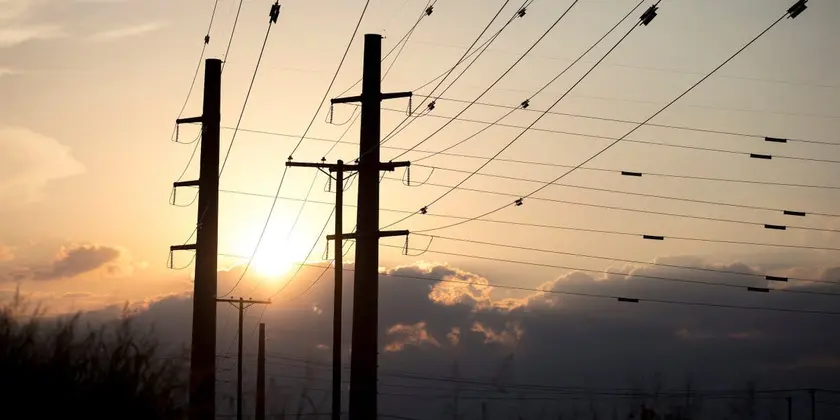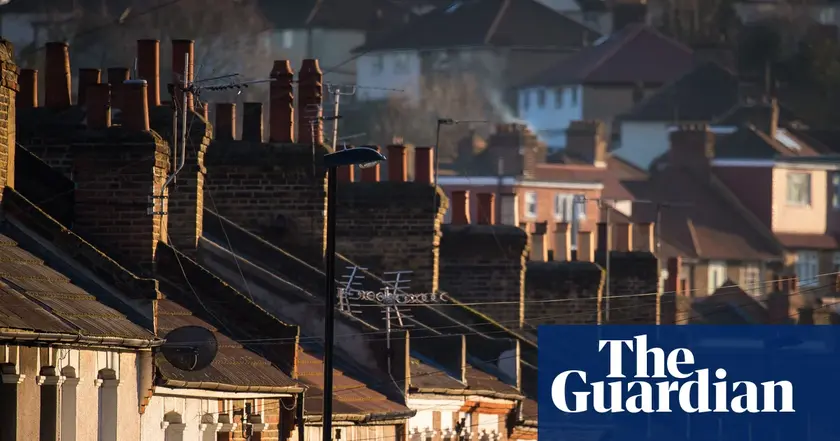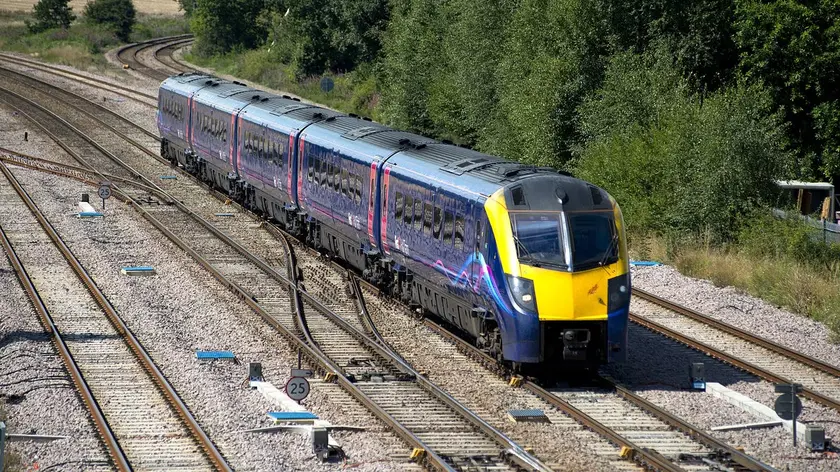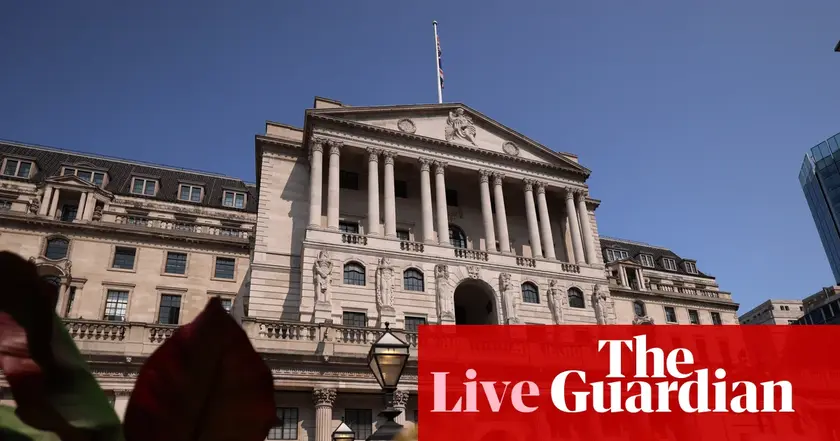T4K3.news
Electricity prices rise faster than inflation
Power bills are rising faster than inflation, driven by heat and gas costs, with data center demand adding pressure.

Electricity prices are rising more than twice as fast as inflation, driven by heat gas costs and growing data center demand.
Electricity prices rise faster than inflation
Electricity prices have climbed more than twice the pace of inflation over the past year, a trend that sharpens during hot summers when air conditioning runs longer. In Florida residents report monthly bills around four to five hundred dollars and a recent outage in Boca Raton showed how fragile power supply can be. Florida Power & Light had proposed a rate hike for typical South Florida residents that drew opposition from groups like the AARP as residents urged policymakers to shield households from higher costs.
Nationwide the rise in power bills comes from a mix of demand and supply factors. Data centers that power artificial intelligence workloads are expanding, pushing electricity demand higher, while exports of natural gas push up prices for power generation. Regulators say the growth in data centers is outpacing grid planning and rate design, creating a gap that is challenging to close. About one in six households already struggles to pay electric bills, and federal energy assistance is considered insufficient to cover rising cooling costs in summer.
Key Takeaways
"In Florida's heat, you just can't live without air conditioning."
Ken Thomas describes how outages affect daily life in a hot climate.
"That's just another way people are getting nickel and dimed out of being able to afford to live here in Florida."
Zayne Smith commenting on affordability and rate hikes.
"Any way you look at it, gas-fired power is expensive."
John Quigley on natural gas costs and pricing.
"We can continue to provide reliable electricity to power our fast-growing state while keeping customer bills low."
Armando Pimentel addressing the rate deal.
The trend signals a structural shift in how power is priced. High heat and the surge in data center demand strain grids and push costs toward households, especially those with limited means. The debate over rate hikes shows how policy choices by utilities and regulators can become flash points for public reaction and political scrutiny. Policymakers face a balancing act between keeping the lights on for a growing economy and protecting consumers who bear the brunt of price spikes.
A path forward will require careful pricing that reflects true costs while expanding support for vulnerable households and investing in cleaner, cheaper energy sources. Targeted subsidies, smarter rate design, and deeper grid upgrades could help but will require funding and political will. The article highlights the need for transparent decisions about who pays for what as the power system evolves.
Highlights
- Cooling bills should not become a test of a family budget.
- The grid is a shared system not a private warranty on comfort.
- Data centers hungry for power risk turning affordability into a lottery.
- Clean energy must prove it lowers bills as well as emissions.
Budget and policy risk
The piece touches on rate hikes, federal subsidies, and political debate over energy policy. This content could spark backlash or controversy among consumers, lawmakers, and investors who watch utility pricing closely.
The coming years will test how fairness, reliability, and growth are financed.
Enjoyed this? Let your friends know!
Related News

Electric Bills to Rise in 13 States Due to Data Centers

Urgent grid delays affect UK construction projects

Walmart raises prices as tariffs take effect

New mortgage rules boost UK home buying

Markets hold at high valuation

Rail fares in Britain increase by 5.1%

Rail fares could rise next year

US tariff rates reach highest level since 1930s
